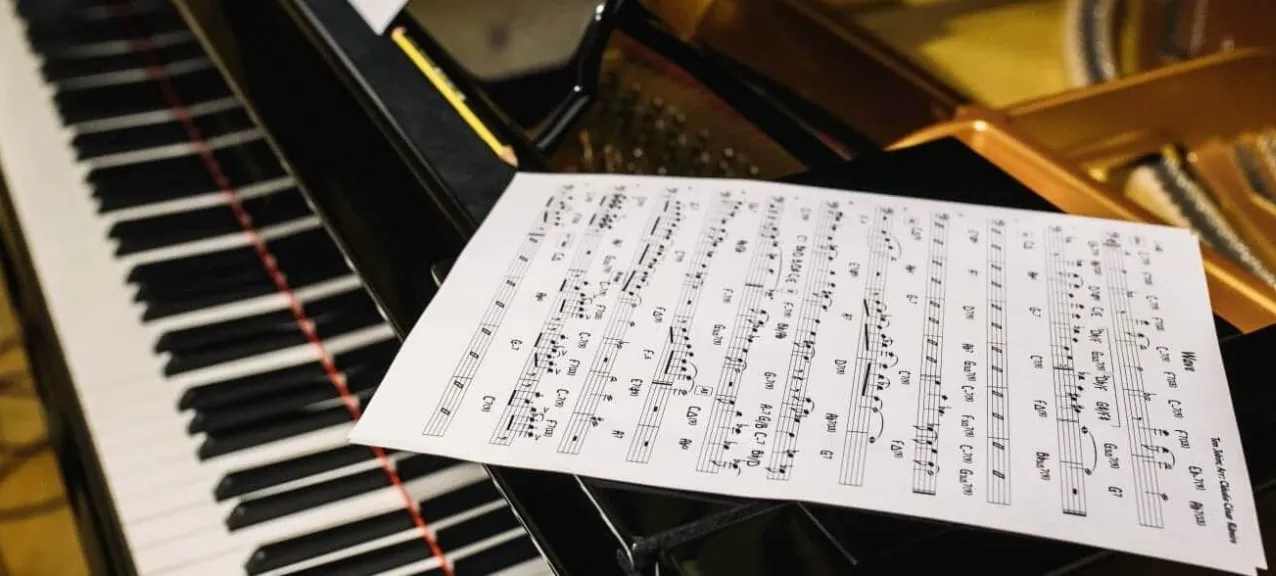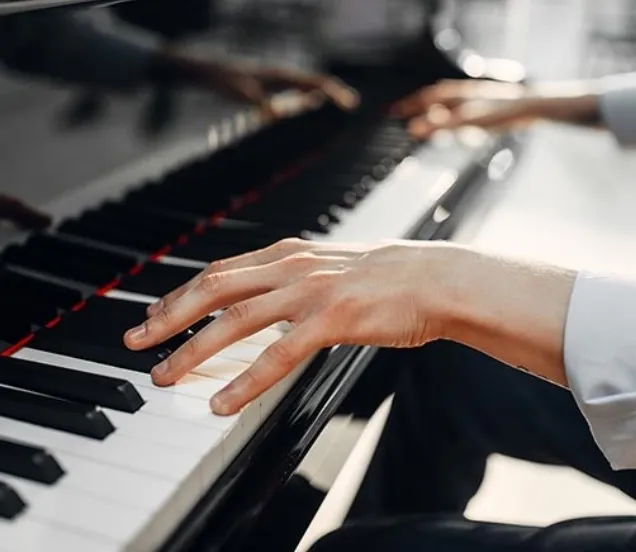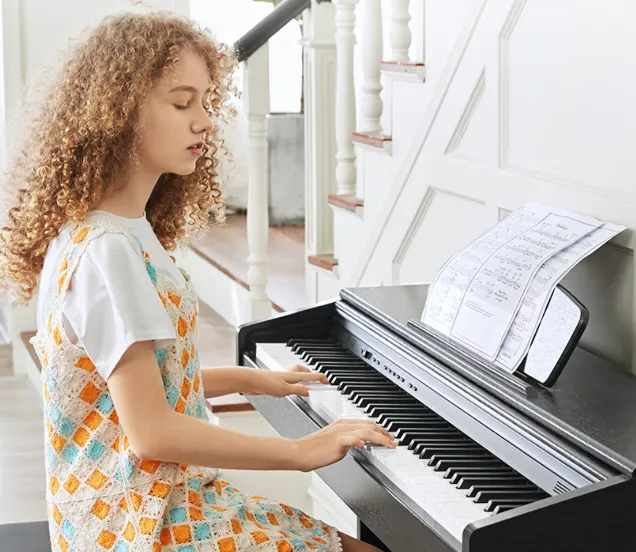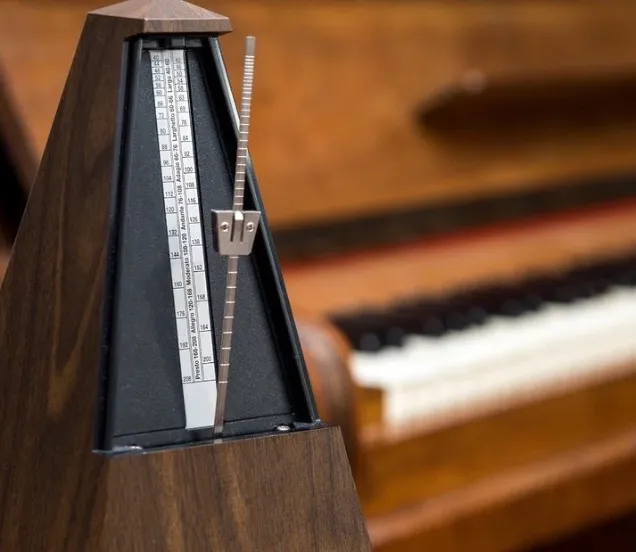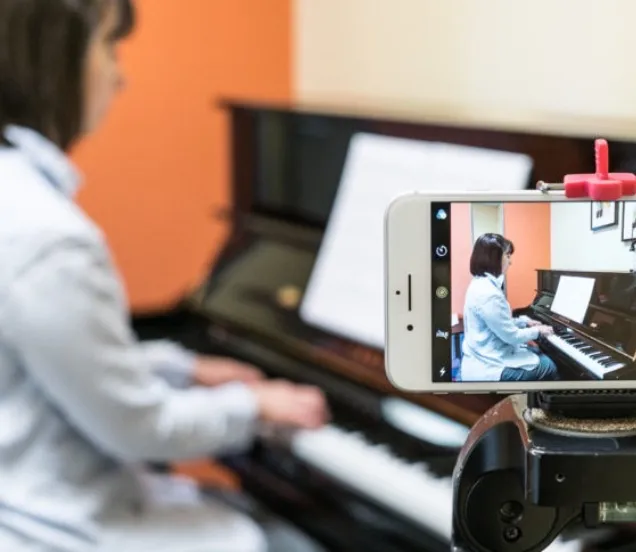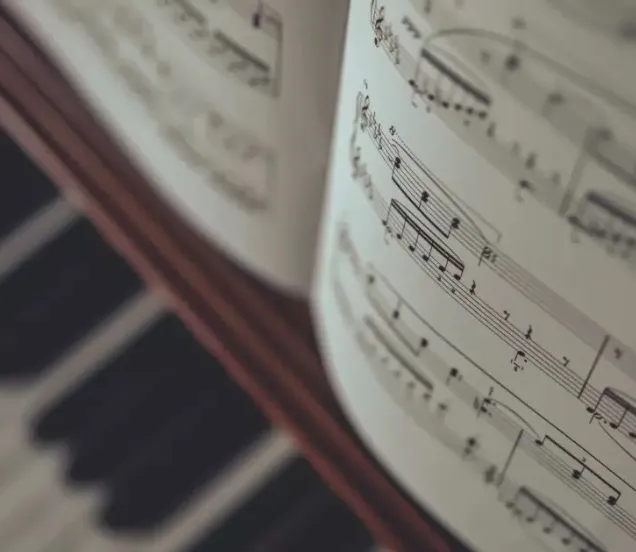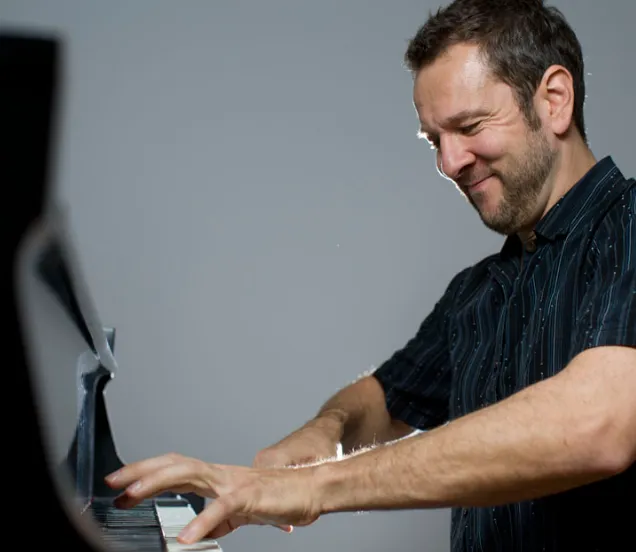Warm-up
Playing the piano is a sport. A sport? Yes! We pianists too need to warm up before we start our 'workout'. Our muscles need to get warm. Not just your finger muscles, but your whole body. Start with some movement exercises to warm up your body, you certainly don't need to do a full workout, 2 minutes of movement is enough.
After that, though, you can move on to specific finger exercises. These exercises will warm up your fingers, familiarise you with the keyboard and practice and maintain your technical skills. Hanon, The virtuoso pianist, and Czerny, One hundred progressive studies, have interesting books of finger exercises. Finger exercises include scales and arpeggios. Integrate these into your warm-up session.

